5 Things You Never Knew About Breast Implants
Breast implants are one of the most popular elective cosmetic procedures available. Every year, hundreds of thousands of women in the U.S. augment their breasts. Despite the popularity, there are some fun facts you may not know about:
1. Tax Breaks for Breast Implants
While elective plastic surgery, including breast implants, cannot be deducted as a medical expense on your taxes, implants can be deducted if the procedure falls under one of two narrowly defined categories:
• Reconstruction after a mastectomy
• Business expense
That second category may have caught you by surprise, but it’s true! In 1994 a U.S. tax court judge ruled in favor for an adult entertainer who argued the enhancement was a business expense akin to a stage prop.
2. Microchips Aren’t Just For Identifying Fido
It’s pretty common knowledge that microchipping your pets can save you a lot of future heartache and trouble. The same concept applies to some breast implants. When outfitted with microchips, some breast implants can tell you the lot number and serial number with the wave of a small handheld device. This tech-savvy solution allows for higher patient safety levels. Chipped implants can be easily identified in the rare event of a recall.
3. Oil Implants Were Tested
Back in the early 1990s, the quest was on to find a more transparent breast implant filler option than saline and silicone. Developers sought to innovate for the benefit of mammogram screening. Highly purified soybean oil was tested as implant filler. However, it never made it passed clinical trials. Although the oil was clearer in mammogram screenings, British women reported numerous incidents of swelling and inflammation. MRIs ultimately showed the implants absorbed water, and creator LipoMatrix™ voluntarily recalled the product in 1999, after The British Department of Health recommended discontinuing use of the implants.
4. Your Implants Can Glow In The Dark
While they won’t glow on their own, if you shine a flashlight beneath or next to your breasts particular saline and silicone implants will cast a faint glow, revealing the veins beneath the skin. The effect is similar to when you shine the light against your hand.
5. Candy Inspired Nickname
Saline and silicone implants have been offered for decades with beautiful and natural results. In 2012, a new FDA approved option entered the market, form-stable silicone gel. The gel earned its nickname from the behavior it mimics when it’s cut in half. Like candy Gummy Bears, the nature of the gel is to maintain its shape and form even when cut, pulled or pushed. Though neither edible nor colorful, the breakthrough implant is an advance for women needing implant revisions where the pocket is already stretched.


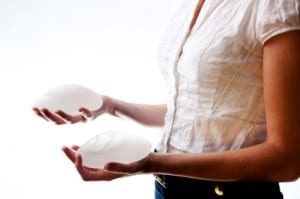
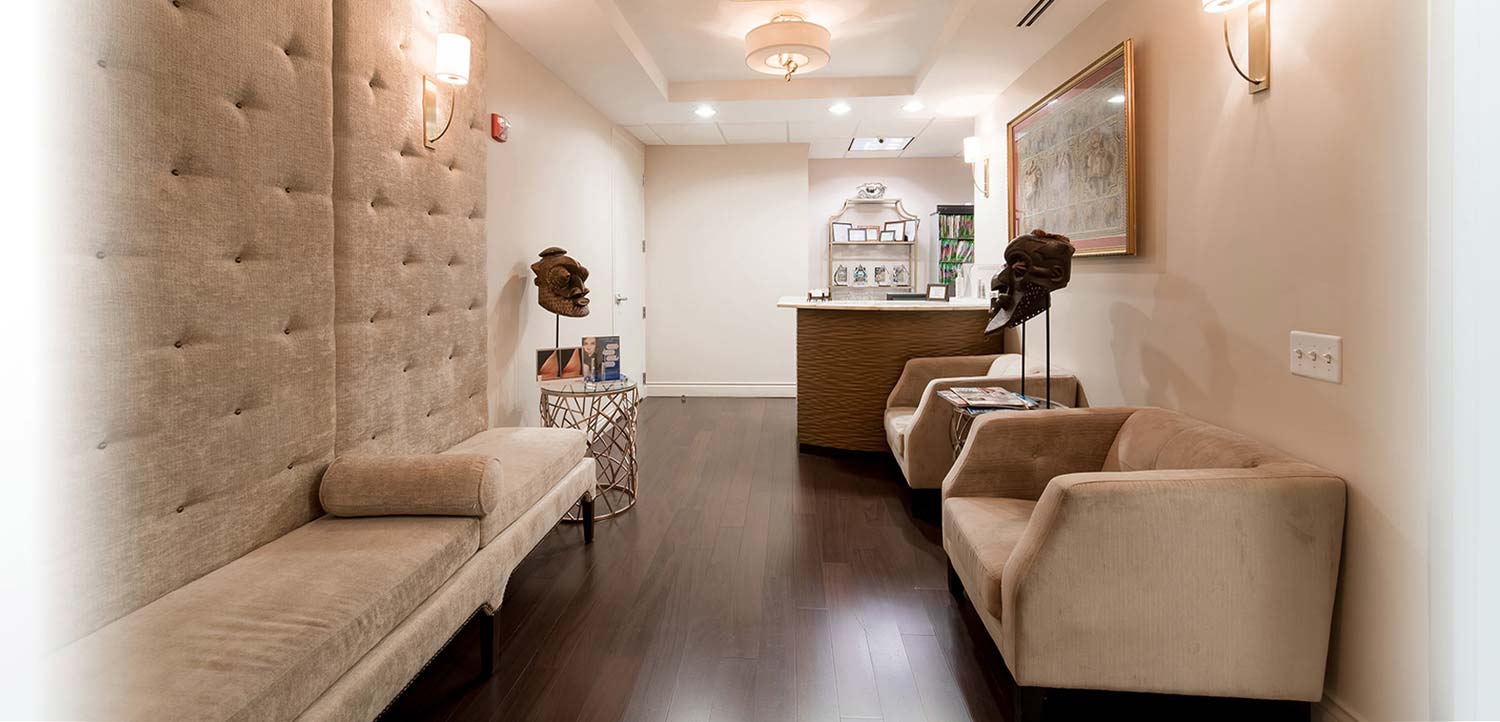
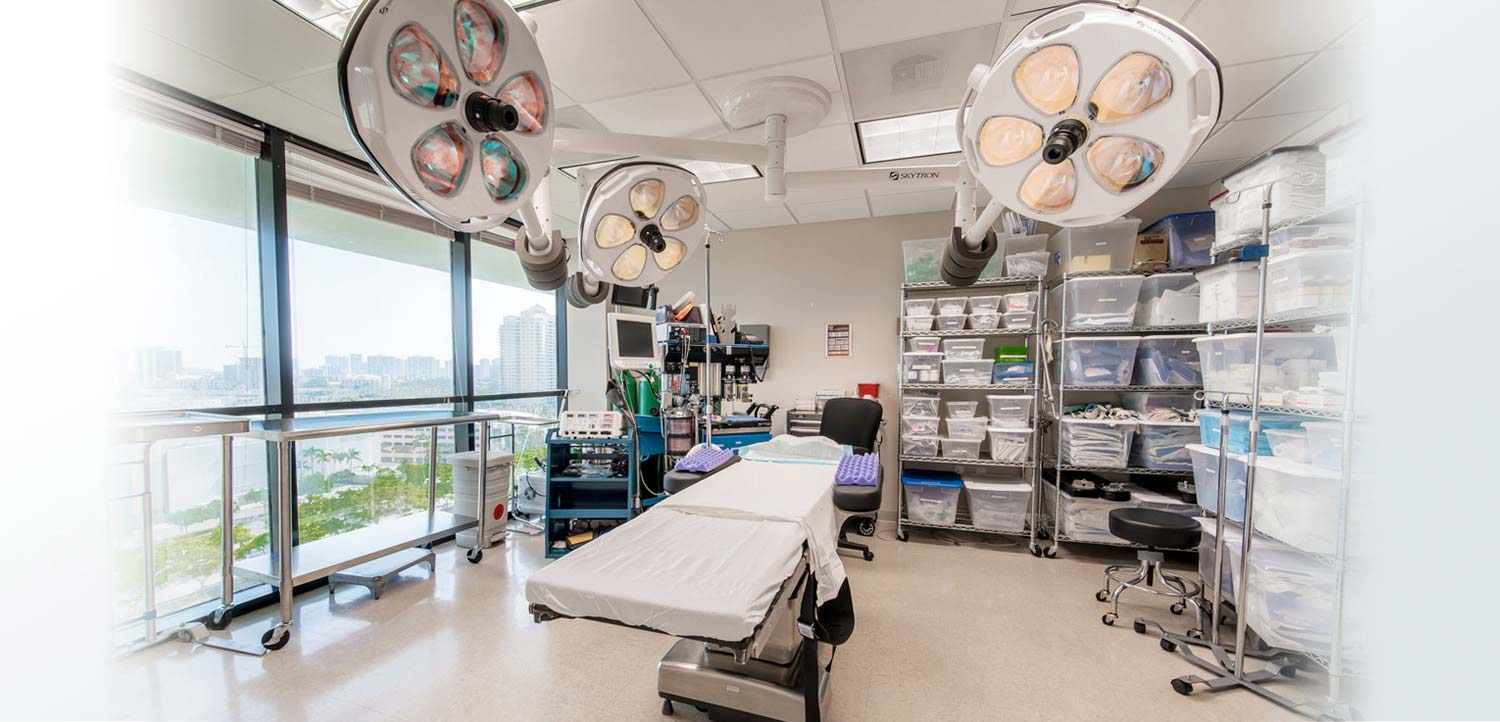
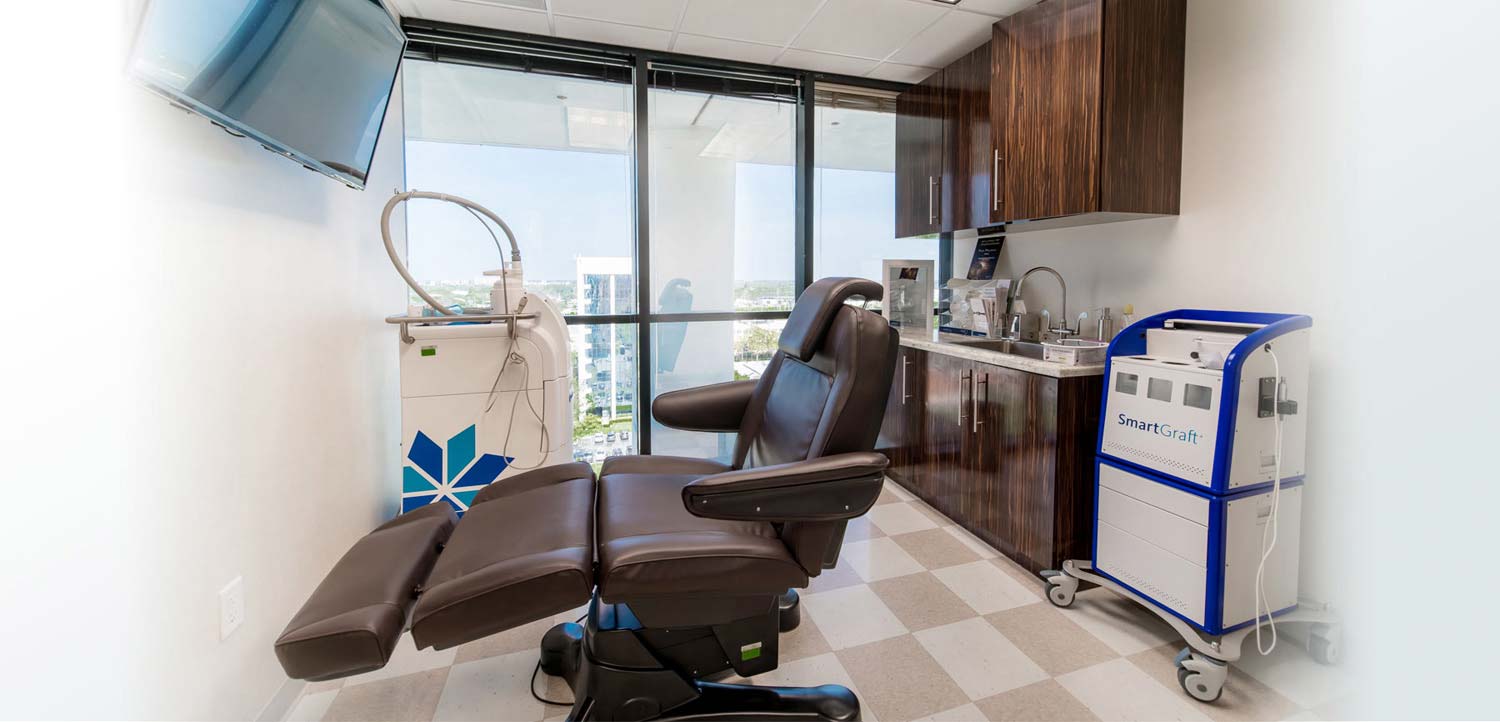
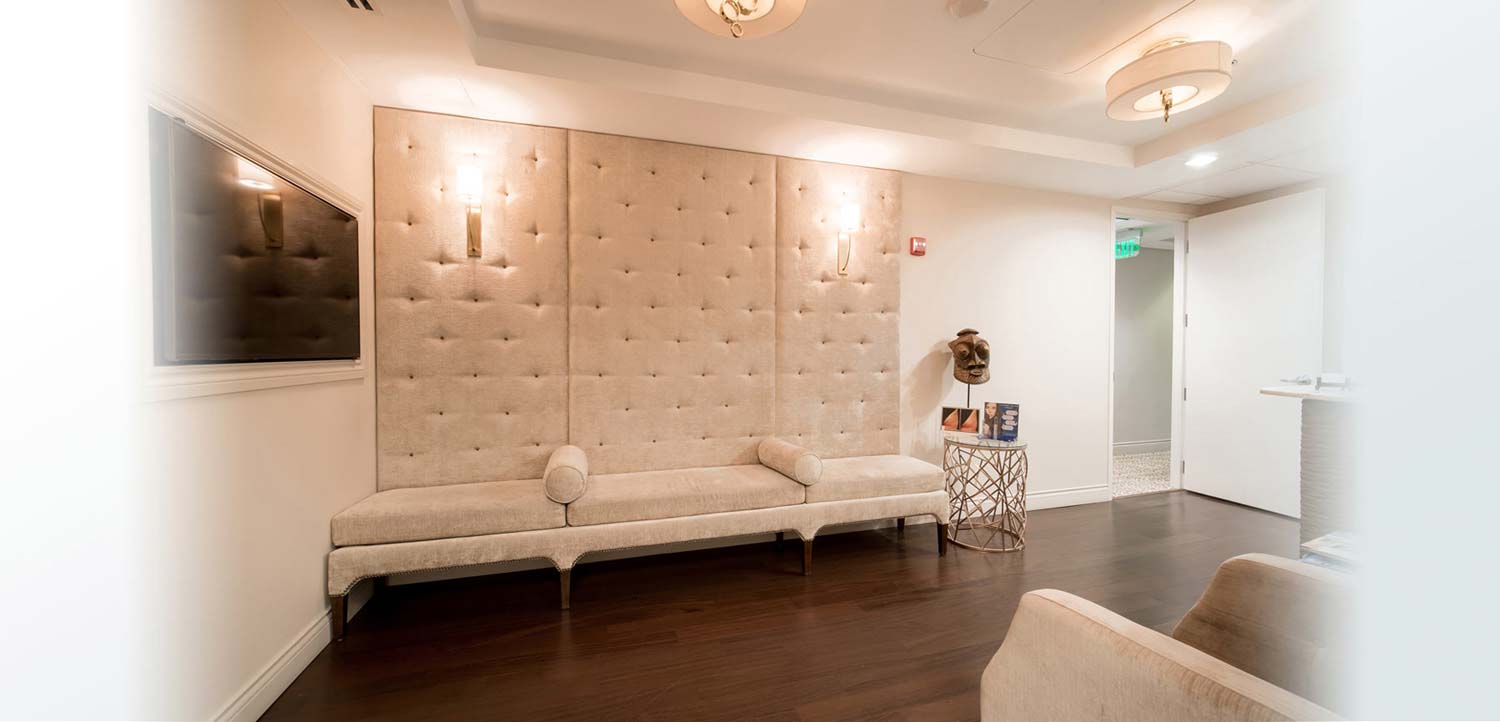
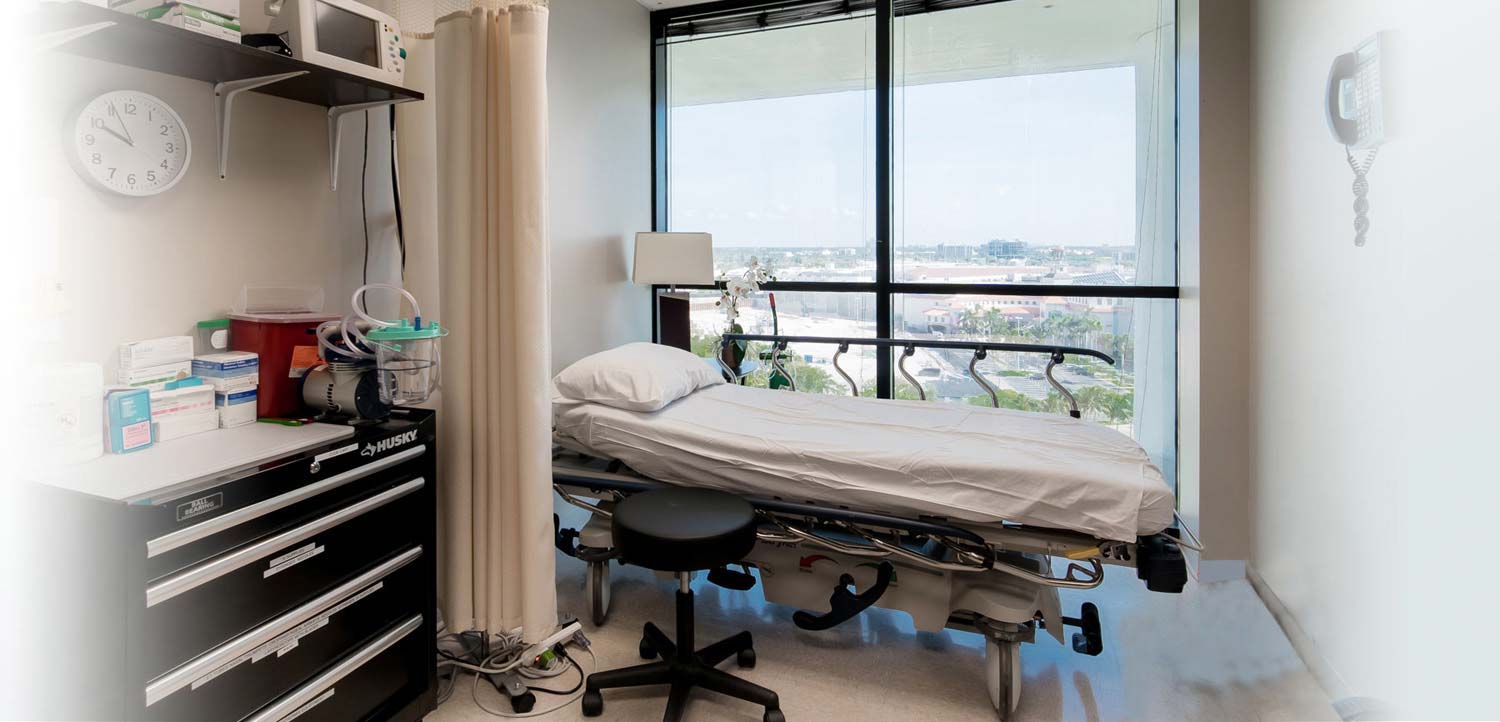








STAY social
Like, follow and share Dr. Rubinstein’s social point view